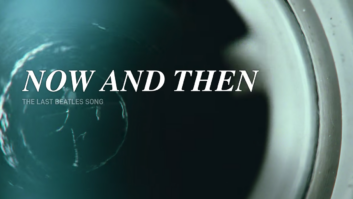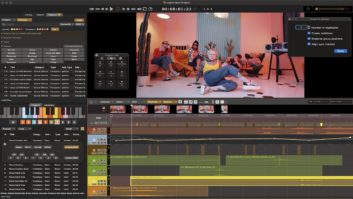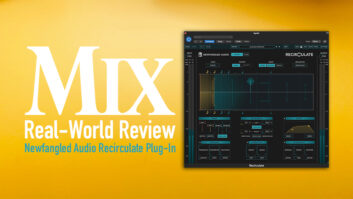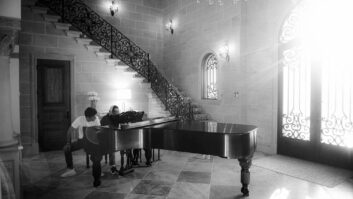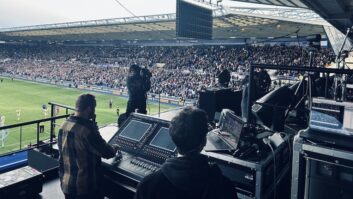In the July 1, 2002, Federal Register, OSHA released its final ruleon hearing-loss recordability, requiring the recording of StandardThreshold Shifts (age-adjusted 10dB shift) that have resulted in atotal 25dB level of hearing above audiometric zero, averaged over thefrequencies at 2,000, 3,000 and 4,000 Hz, beginning in year January 1,2003.
What does this mean? There must be an STS or greater changeand hearing thresholds must meet or exceed a 25dB average as aresult of the STS. Attached is a sheet with examples forclarification.
Other changes of note:
1. Work-relatedness is presumed if the employee noise exposure is>85dBA TWA-8 hour. It is not necessary for the workplace to be thesole cause or even the predominant cause of the hearing loss in orderfor it to be work-related. A physician or other licensed healthcareprofessional (audiologist) may determine that the loss is notwork-related or has not been significantly aggravated by occupationalnoise exposure.
2. Recordable cases must be entered on the OSHA 300 log within sevencalendar days of the annual test.
3. If you choose to retest the employee within 30 days, you do notneed to record the hearing loss unless the retest confirms the shift.If you choose not to retest, the hearing loss must be recorded withinseven calendar days of the annual test.
4. Baselines must be revised for each ear separately if there is ashift in one ear only.
The link below will connect you with the federal register.
204.29.171.80/framer/navigation.asp?realname=OSHA&charset=utf-8&cc=US&lc=en-US&uid=200967827&frameid=1565&providerid=113&url=http%3A%2F%2Fwww.osha.gov%2F
